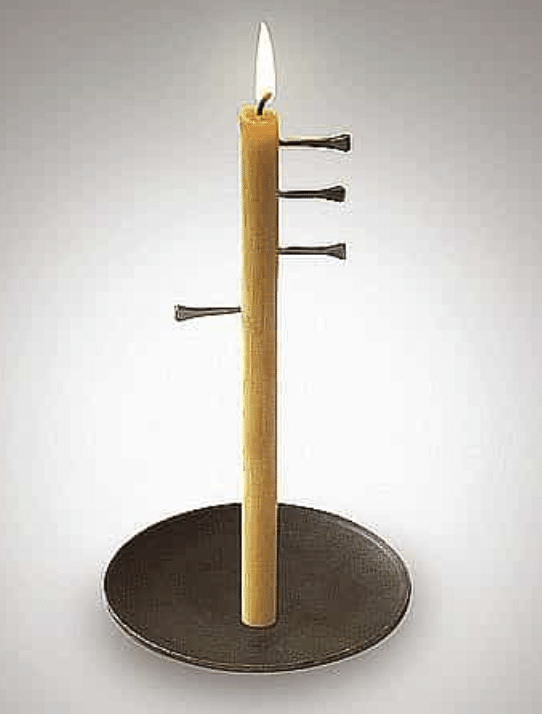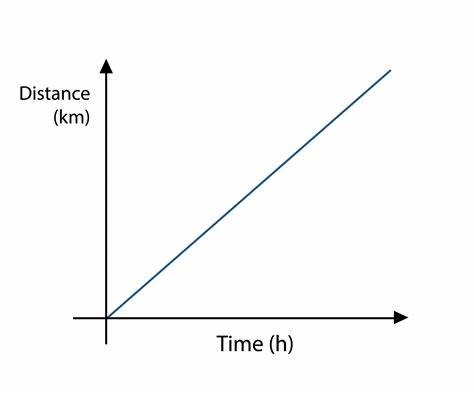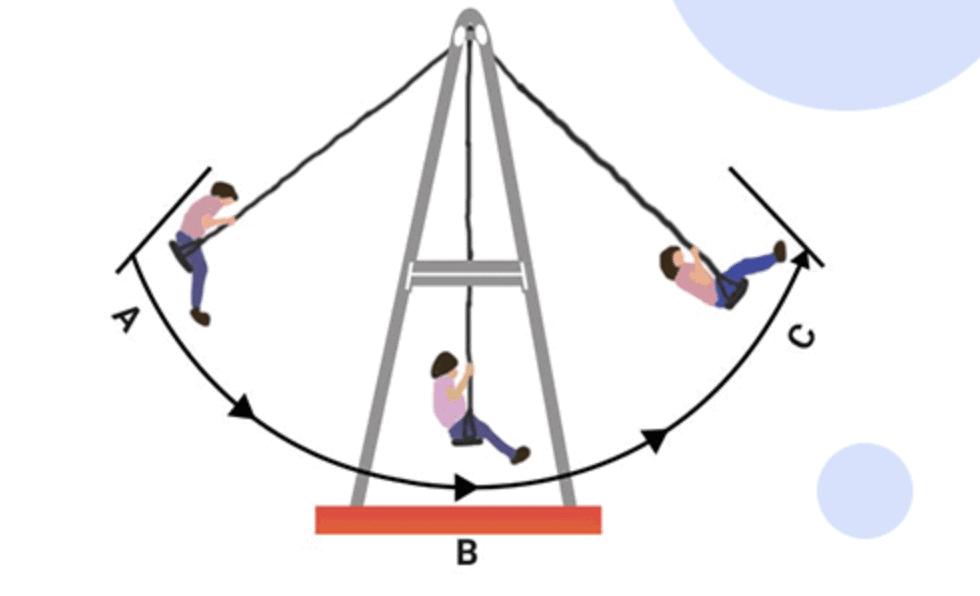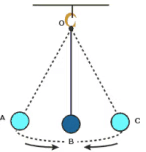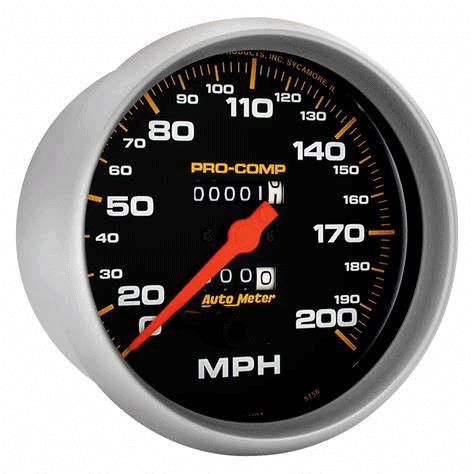Class 7 Science Chapter 8 Worksheet Solutions - Measurement of Time and Motion
Q.1. True or False
(i) The SI unit of speed is kilometre per hour.
False
Explanation: The SI unit of speed is metre per second (m/s).
(ii) Candle clocks were used to measure time in ancient India.
False
Explanation: Candle clocks were used in other cultures; India used Ghatika-yantras.
(iii) In non-uniform motion, the speed of the object remains the same.
False
Explanation: In non-uniform motion, the speed changes.
(iv) All pendulums of the same length have the same time period at the same location.
True
Explanation: Time period depends only on the length, not the mass.
(v) Distance is measured in metres and time in seconds.
True
Explanation: These are standard SI units.
Q.2. Fill in the blanks.
(i) The metallic ball is called the ____ of the pendulum.
bob
The term 'bob' refers to the weight or mass at the end of a pendulum, which swings back and forth during oscillation.
(ii) The symbols of all units are written in ____.
singular
Unit symbols are conventionally written in singular form to maintain consistency and clarity in scientific communication.
(iii) The time taken by the pendulum to complete one oscillation is called its ____.
time period
The 'time period' is defined as the duration it takes for a pendulum to return to its original position after completing one full swing.
(iv) One microsecond is one ____ of a second.
millionth
A microsecond is a unit of time equal to one millionth (10-6) of a second, commonly used in scientific contexts.
(v) A nanosecond is one ____ of a second.
billionth
A nanosecond is a unit of time equal to one billionth (10-9) of a second, often used in computing and telecommunications.
(vi) The distance-time graph for the motion of an object moving with a constant speed is a ____.
straight line
A straight line on a distance-time graph indicates uniform motion, where the distance covered is directly proportional to time.
Answer the following Questions
Q.3. Give an example of oscillatory motion.
The to and fro motion of a simple pendulum is a clear example of oscillatory motion.
Here’s a brief overview:
- A simple pendulum consists of a small weight, known as the bob, attached to a string or thread.
- When the bob is pulled to one side and released, it swings back and forth around its mean position.
- This back-and-forth movement is repeated in a regular pattern, making it a periodic motion.
Q.4. What is uniform motion?
An object that moves in a straight line at a constant speed is described as being in uniform motion.
This means:
- The speed does not change over time.
- The distance covered is proportional to the time taken.
- The motion can be represented by a straight line on a distance-time graph.
Q.5. An object moving along a straight line with a constant speed is said to be in uniform motion.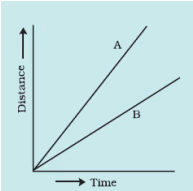
Vehicle A is moving faster. The speed of a vehicle is determined by the distance it covers in a specific time frame.
Key points include:
- A vehicle that travels a greater distance in the same time interval has a higher speed.
- For example, if Vehicle A covers 100 metres in 5 seconds and Vehicle B covers 80 metres in the same time, Vehicle A is faster.
- Speed can vary; the same vehicle may move faster or slower at different times.
Q.6. What is distance-time graph?
A distance-time graph visually represents how far an object travels over time. Key points include:
- It shows the speed of an object.
- A straight line indicates constant speed.
- If the line is curved, the object's speed is changing.
Q.7. What is oscillatory motion?
The to and fro motion of an object is known as oscillatory motion.
Q.8. What is non-uniform motion?
Non-uniform motion occurs when an object's speed changes while moving along a straight line.
Key points include:
- The speed is not constant.
- Motion can vary from slow to fast.
- It contrasts with uniform motion, where speed remains constant.
Q.9. What is the basic unit of speed?
The basic unit of speed is the metre per second (m/s).
Q.10. A simple pendulum takes 32 s to complete 20 oscillations. What is the time period of the pendulum?
Number of oscillations = 20
Total time taken to complete 20 oscillations = 32 s
Time period = Total time taken/Number of oscillations = 32/20 = 1.6s
Q.11. When pendulum is said to have one complete oscillation?
The pendulum is said to have completed one oscillation when its bob, starting from its mean position B, moves to A, to C and back to B.
Q.12. Explain how in ancient time a day, a month and a year were measured?
Our ancestors observed that many natural events occur at regular intervals:
- The day was defined as the time between one sunrise and the next.
- A month was measured from one new moon to the next.
- A year was determined by the time it takes for the Earth to complete one revolution around the sun.
Q.13. The distance between two stations is 240 km. A train takes 4 hours to cover this distance. Calculate the speed of the train.
Distance between two stations = 240 km
Time taken to cover this distance = 4 hours
Speed = Distance/Time Taken = 240/4 = 60km/h
Q.14. Salma takes 15 minutes from her house to reach her school on a bicycle. If the bicycle has a speed of 2 m/s, calculate the distance between her house and the school.
Time taken = 15 min = 15 x 60 = 900 seconds
Speed = 2 m/s
Distance = Speed x Time
= 2 x 900 = 1800 m = 1800/1000 = 1.8 km
Q.15. What is speedometer?
A speedometer is a device that measures and displays the speed of a vehicle.
- It is commonly found on the dashboards of cars, motorcycles, and scooters.
- The speed is usually shown in kilometres per hour (km/h).
- Speedometers help drivers maintain safe speeds while driving.
Q.16. What are quartz clocks?
Quartz clocks are timekeeping devices that use an electric circuit powered by one or more cells.
- They are known for their high accuracy in measuring time.
- Quartz clocks have largely replaced older clock technologies.
- The precision of quartz clocks is significantly better than traditional clocks.
|
1 videos|107 docs
|
FAQs on Class 7 Science Chapter 8 Worksheet Solutions - Measurement of Time and Motion
| 1. What is the importance of measuring time in everyday life? |  |
| 2. How do we measure motion in physics? |  |
| 3. What are the different units of time measurement? |  |
| 4. How does the concept of time relate to motion? |  |
| 5. What are some everyday examples of measuring time and motion? |  |

